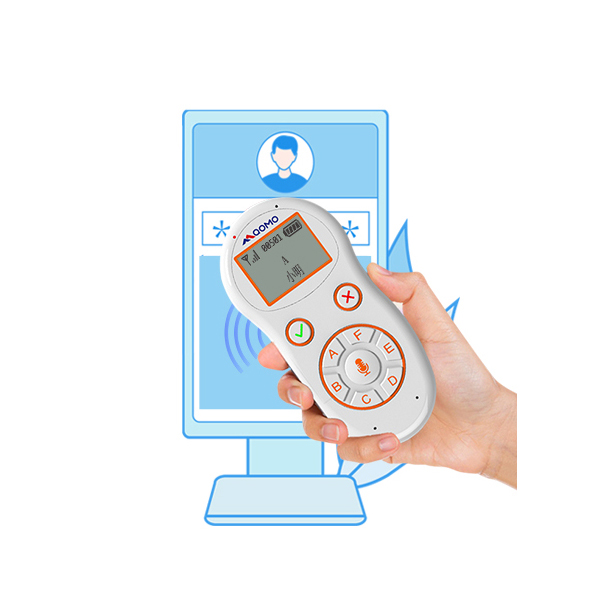Student-response Systems (SRS) are an evolving in-class-student-polling technology designed to create an engaging and inviting learning environment that will maximize active learning, especially in large-enrollment lectures. This technology has been used in higher education since the 1960s. (Judson and Sawada) Ward et al. divide the evolution of SRS technology into three generations: early homemade and commercial versions that were hard-wired into classrooms
(1960s & 70s), 2nd generation wireless versions that incorporated infrared and radio-frequency wireless keypads (1980s – present ), and 3rd generation Web-based systems (1990s – present).
Earlier systems were originally designed for traditional, face-to-face courses; more recently some of the brands are adaptable to online courses as well, using Blackboard, etc. Before higher education became interested, audience- or group-response systems were first developed for use in business (focus groups, employee training, and conference meetings) and government (electronic vote tabulation and display in legislatures and military training).
The operation of student-response systems is a simple three-step process:
1) during class
discussion or lecture, the instructor displays2
or verbalizes a question or problem3
– previously prepared or spontaneously generated “on the fly” by the instructor or a student,
2) all students key in their answers using wireless handheld keypads or Web-based input devices,
3) responses are
received, aggregated, and displayed on both the instructor’s computer monitor and an overheadprojector screen. The distribution of student responses may prompt the students or instructor to explore further with discussion or perhaps one or more follow-up questions.
This interactive cycle can continue until both the instructor and the students have resolved ambiguities or reached closure on the topic at hand. SRS Potential Benefits
Student-response systems can benefit faculty in all three areas of responsibility: teaching,
research, and service. The most commonly stated goal of student-response systems is to improve student learning in the following areas: 1) improved class attendance and preparation, 2) clearer comprehension, 3) more active participation during class, 4) increased peer or collaborative
learning, 5) better learning and enrollment retention, 6) and greater student satisfaction.7
A second basic goal of all student-response systems is to improve teaching effectiveness in at least two ways. With student-response systems, immediate feedback is easily available from all students (not just the few extroverts in the class) on the pace, content, interest, and comprehension of the lecture or discussion. This timely feedback allows the instructor to better judge whether and how to amplify, clarify, or review. In addition, the instructor can also easily collect data on student demographics, attitudes, or behaviors to better assess the group characteristics of student needs.
Post time: Feb-12-2022




